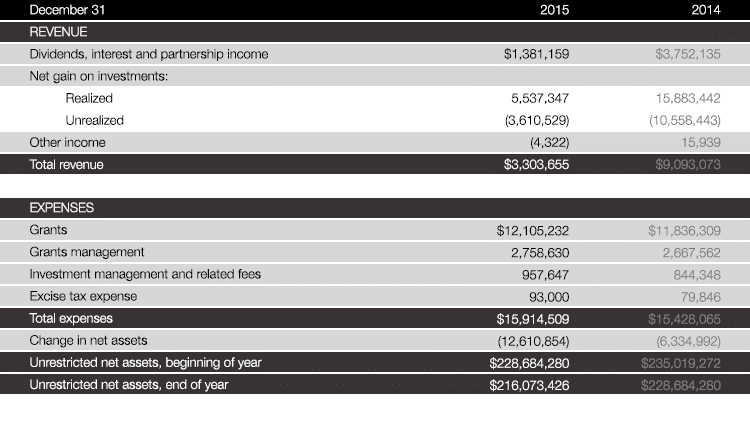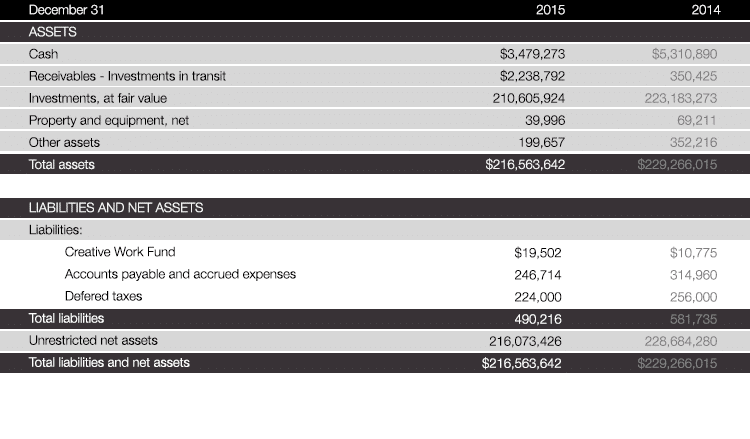2015 Annual Report
Our Shared Vision
October 20, 2016
Dear Friends and Colleagues,
Throughout 2015, many of us in philanthropy, government, and community spent much time and effort deepening our understanding of the Bay Area’s growing levels of inequity. The economic gap has widened in many cities and regions in the United States, but is particularly evident in our region. The increasing economic divide is a challenge to the Fund’s mission of building a healthy, just and vibrant society.
We are deeply concerned for those who lack equal access and for those who are denied the opportunities they need to thrive. We remain committed to doing what we can to address inequity, both as a family and as a foundation with deep roots in this community. We recognize the dimensions of this challenge — and have no illusions about being able to reduce inequality and injustice on our own. Even with the support and partnership of colleagues in the public, nonprofit, and philanthropic sectors, we know there are limits to the magnitude of change on which we can have some impact.
There may not be a clear course ahead of us, but this is a road we must go down. As a result, we have sharpened our focus across all of our program areas. At the same time, we have recommitted to maintaining a $1 million safety net fund for those organizations addressing basic needs in our community.
Through our grantmaking, we are working to find the right balance between stabilizing critical community institutions and investing in new approaches. Our challenge is to remain true to the values upon which we were founded, to maintain a long-term view, and to keep focused on the changes to which we aspire. Our intent is to ensure that our contributions, while modest on their own, make sense as part of bigger and broader cross-sector efforts that create platforms for increased opportunity and shared prosperity.
We recognize — with gratitude — that we are just one of many applying pressure to make large and enduring impacts on the Bay Area and beyond. We know we cannot do this on our own, and that we must be thoughtful, committed, and strategic as we build partnerships for change.
Fortunately, we have never been on our own.
Walter and Elise Haas understood and accepted their responsibility for the communities in which they lived and with which they identified. As a foundation, our staff and trustees continue that sense of accountability to our community in all of its diversity and beauty. During these challenging times, we renew our commitment to equality and justice, to access and opportunity, and towards building a better future for us all. It is in this spirit that we present our 2015 Annual Report.
We thank you for your support and your partnership.
Walter J. Haas
President of the Board of Trustees


Pamela H. David
Executive Director
Program Area Perspectives
The Arts

Read More »
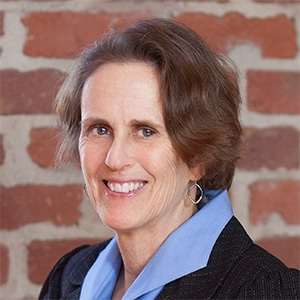
Program Area Perspective
The Arts
by Frances Phillips
I did not devote my life to working in the arts with the hidden hope I’d end up learning about real estate. Over the last several years, however, affordable long-term leases and capital needs have regularly risen to the fore of my thinking.
Bay Area residents have experienced booming success, and that success has brought with it a potent down side. Growing inequity raises urgent concerns about the preservation of culture and character, ensuring security and shelter, and sustaining neighborhood coherence.
If character and coherence of communities are to be maintained, we must address the fate of artists and small and mid-sized neighborhood arts organizations. San Francisco and Oakland need to maintain healthy arts ecosystems where artists of multiple generations can live and work. New and established arts organizations need to be able to nurture and present those artists. And critics, scholars, and the public need access to participate in, debate, and support their work.
In 2015, the San Francisco Museum of Modern Art put finishing touches on its magnificent expansion. In 2016, the San Francisco Opera opened a new education center and community performance and rehearsal space while the Asian Art Museum announced the addition of a new exhibition pavilion. These accomplishments are to be loudly applauded, but they are not, on their own, evidence San Francisco’s vitality as an arts center.
That takes local artists and a web of smaller local arts organizations rising from and working in collaboration with the community.
W&EHF’s arts program awarded two 2015 grants to organizations working to help local nonprofits address challenges related to real estate — Community Arts Stabilization Trust, developing creative solutions to San Francisco arts organizations’ space needs; and Northern California Community Loan Fund, providing technical assistance to nonprofits of all types that face displacement in Oakland.
I admire both grantees for bringing their real estate and financing expertise to aid those in the nonprofit and arts field, but I remain concerned. Are we moving quickly enough? Is it possible for nonprofits to cover higher monthly leases or mortgages, even with support? Can artists and nonprofit employees afford to remain part of the Bay Area community?
A healthy ecosystem maintains its structure and function in the face of external stress. Biodiversity contributes to that resilience. Shoring up that structure and honoring a broad palette of cultures, aesthetics, and art forms has always been important. Now it is imperative.
Portfolio by Strategy
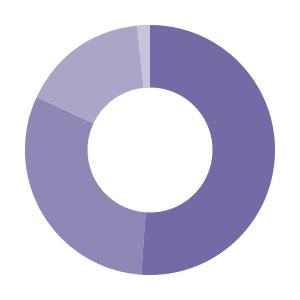
Arts Education $995,000 (51%)
Cultural Commons $600,000 (31%)
Creative Work Fund $320,317 (16%)
Preservation of Cultural Heritage $30,000 (2%)
2015 Grantmaking
Economic Security
Read More »

Program Area Perspective
Economic Security
by Elena Chavez Quezada
It’s no secret that the nature of work is changing. The days of working for a stable employer and earning your gold watch (along with a solid, middle class life) are gone. Today people move from job to job, often staying no longer than a few years. Many experience both the benefits and risks of working as independent contractors.
But for many more, things remain as hard as ever. These members of the workforce were never part of the social contract between employers and workers. They might clean homes or care for the aged. They might work unpredictable shifts in fast food restaurants. They do these things without a living wage and without much chance of building a safety net for their families.
In these American households financial unpredictability leads to stress and depression. And there are far too many households like this.
In a 2015 Pew national survey, 92% of respondents ranked financial stability over moving a rung up the income ladder. They simply wanted to depend on making a living. Making more money — that was of secondary priority.
While the technology sector— particularly in the Bay Area — provides earning opportunities, those opportunities frequently fall short. For each coder earning six figures, others struggle to make technology pay off. They might augment their incomes driving for Uber, but they’re supplementing low-wage incomes in a region where tech has caused costs to soar.
These data underscore the importance of the work funded through our Economic Security program. We need to help our neighbors earn the kind of incomes that allow them to support their families, while building a safety net that will help them plan for the future.
In 2015, for example, we funded Brilliant Baby, a bold initiative from Oakland Promise that supports two-generation savings strategies. The program provides endowed savings accounts to children in poverty, paired with incentivized savings opportunities and financial coaching for their parents. Ideas like this address today’s income volatility by providing future generations with a cushion.
Income volatility also highlights the need for safe financial products. Organizations such as EARN, Mission Asset Fund, and Community Financial Resources play critical roles in this area, helping struggling families to retain and save. Simultaneously, organizations including Upwardly Global, JVS, and Cypress Mandela Training Center support thousands working to secure high-quality jobs.
Our deepening awareness of income volatility and its impact spurs us to find more effective ways of addressing it. How can we address the systemic issues that impact families’ economic security? How can we best prepare people for a rapidly shifting economy?
I’m inspired by our incredible grantees, joining so many others in asking and trying to answer these questions. We’re eager to explore how the Haas Sr. Fund can play a role in eliminating siloes and collaborating with the public, private and philanthropic sectors to help households gain access to the stability they so desperately need.
Portfolio by Strategy
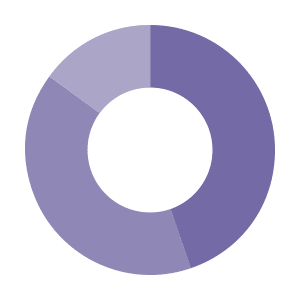
Asset Building $955,000 (45%)
Workforce Development $865,000 (41%)
Policy & Field Building $315,000 (15%)
2015 Grantmaking
Education

Read More »
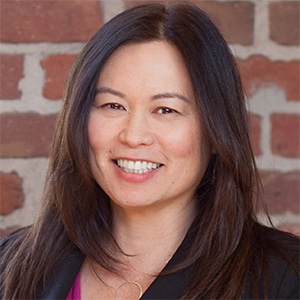
Program Area Perspective
Education
by Susan Kagehiro
Given a crowded field of issues and the good work of many other funders, reassessing how we at the Fund could most dramatically improve educational opportunity for students required an increased burst of strategic thinking on our part. In 2015, as a result of this investigation, we began and will continue to primarily support the development of teacher talent.
We made this choice because this is the most efficient and effective method we have at hand to build educational equity.
With California falling in the bottom 10% of states in terms of per pupil education spending, our public funding is clearly inadequate. But, even with this being the case, these public funds dwarf the available philanthropic resources. Non-public investment to support even highest priority educational outcomes simply doesn’t exist in significant enough quantity. Unpleasant facts such as these led us to ask a foundational question: can non-public investments, applied strategically, leverage key factors to produce equitable academic outcomes?
We believe they can. All research points to teachers as the most promising catalyst for increasing student success.
We will face significant problems and challenges on this path, surely. Disturbing trends in the teaching profession already present hurdles. For example, schools of education matriculate far fewer teachers today than they did a decade ago. New teachers leave the professional at very high rates. Teachers — especially in urban school districts — also report feeling unprepared to teach or support the needs of students in their classrooms.
If we don’t get teaching right, the public school system will never serve all of its students equitably or effectively. That part of our children’s’ lives — their 12 years of compulsory education — will fail to create opportunities for their future successes. And that is unacceptable.
From Toronto to Shanghai, strong educational systems have leveraged teacher development to positively transform themselves. We believe this can work here too, even given the United States’ immense gaps in wealth and our increasingly concentrated centers of poverty and racial isolation.
Several 2015 Fund grantees are already at work, putting local investment in teacher development to the test. San Francisco Teacher Residency prepares teachers with clinical experience in urban schools. Program teams of teachers support each other within Oakland schools to further develop their effective teaching skills through Mills Teacher Scholars.
While teachers and the successful schools they stand behind form only one front in combating inequity, this front is critical in ensuring the development of our children. In this, teachers are our crucial partners.
Portfolio by Strategy
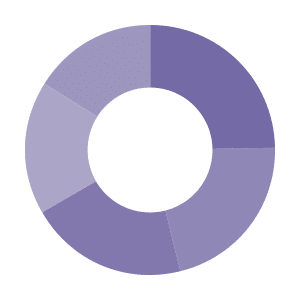
Teacher Retention $460,000 (25%)
Teacher Quality $395,000 (21%)
Teacher Pipeline $380,000 (21%)
Teacher Practice $320,000 (17%)
Partnerships for School Improvement $295,000 (16%)
2015 Grantmaking
Jewish Life

Read More »
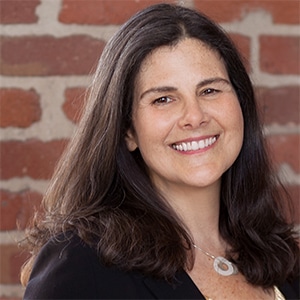
Program Area Perspective
Jewish Life
by Stephanie Rapp
Racial inequality, white privilege, implicit bias: Given the events of 2015 and our national focus on racial injustice, many of us strive to address the serious problems these terms connote. Our Jewish Life program and its grantees join this effort. We are concerned with the manner in which people of color are perceived and treated, with their safety and full acceptance within our communities.
The Walter & Elise Haas Fund has long supported efforts to ensure that the Jewish community embraces its own diversity. Our program guidelines recognize the pluralism of Jewish life. We support work to dispel the belief that Jews form a homogenous community.
Fifteen years ago, few organizations reached out to Jews of color. Their experiences of isolation amid the American Jewish community — comprised largely of Eastern European immigrants — remained their own to navigate. It was not until 2000 when the Institute for Jewish and Community Research reported that Jews of color represented approximately 15% of Bay Area Jewish households that we realized our oversight.
We saw our own historical bias and moved to counteract it.
Jews of color are disproportionately religiously intermarried. They represent the broadest spectrum of religious views and practices. A high proportion of their households include LGBT members.
In other words, Jews of color reflect diversity beyond race.
We make a point of acknowledging this rich diversity when stark racial divisions make for too-frequent headlines. While many Jews and Jewish organizations seek to better ally with people of color and to engage more fully in civil and human rights efforts, we need to do more, with more ruach (spirit). As a community, we don’t often enough consider how Jews of color feel within our institutions, as our leaders, or as our fellow congregants.
The Fund continues to work to change this. In order to ensure access and create opportunity, we first need true awareness and heartfelt understanding.
In 2015, the Walter and Elise Haas Fund helped plan and fund a convening on race in the Jewish community. More than 100 individuals — including the head of the Jewish Community Federation, rabbis, cultural leaders, and students at the Jewish Community High School — participated in exercises that explored the privilege in their lives. They heard from Jews of color who shared their stories and their challenges.
Other Fund grants included one to Eli Talks for a TED Talk-style presentation about race in the Jewish world. Bend the Arc offered its first leadership cohort exclusively for Jews of Color. Kehillah High School facilitated a training for the Consortium of Jewish Day Schools, beginning an exploration of diversity and privilege.
These grants are small but important steps. They encourage and provide opportunity for the Jewish community to become truly welcoming and to make all its members connected and safe.
Portfolio by Strategy

Diversity $917,000 (38%)
Partnerships for Social Justice $700,000 (29%)
Legacy $500,000 (21%)
Justice $222,000 (9%)
Innovation $50,000 (2%)


